Do you love cats but find yourself sneezing, sniffling, or battling watery eyes every time you’re near one? For millions of allergy sufferers, the dream of owning a feline companion often feels impossible. But hypoallergenic cats could be the solution you’ve been searching for. These unique breeds are known for producing fewer allergens, offering a chance to enjoy the joys of cat ownership without the constant discomfort.
In this post, we’ll dive into what makes a cat hypoallergenic, showcase the best breeds for allergy sufferers, and provide tips to reduce allergens in your home. By the end, you’ll discover whether a hypoallergenic cat might be the perfect fit for your family.
What Does Hypoallergenic Mean for Cats?
Understanding Fel d 1 Protein
Fel d 1 protein is the leading culprit behind cat allergies. Cats produce this protein in their saliva, skin, and sebaceous glands, and it spreads through grooming. When a cat licks its fur, the protein transfers to the coat and eventually becomes airborne as dander or attaches to household surfaces. This allergen lingers in the environment, often clinging to furniture, clothing, and even walls, causing allergy sufferers to experience sneezing, itchy eyes, runny noses, and in some cases, asthma symptoms. Understanding how this protein works is essential for managing cat allergies and making informed decisions about owning a cat.
Are Hypoallergenic Cats Allergen-Free?
Many people believe that hypoallergenic cats produce no allergens, but this is a misconception. No cat is entirely free of allergens, including Fel d 1 protein. Hypoallergenic breeds simply produce significantly lower levels of this protein, reducing the likelihood of triggering allergic reactions. However, individual sensitivity varies widely. Some people may still experience symptoms even when exposed to hypoallergenic breeds. To determine compatibility, spend time with specific breeds before bringing one into your home. This hands-on approach ensures you understand how your body reacts and helps you choose a cat that fits your needs.
How Hypoallergenic Cats Help Allergy Sufferers
Hypoallergenic cats can dramatically improve the lives of allergy sufferers by reducing allergen exposure. Breeds like Siberians, Balinese, and Bengal cats naturally produce lower levels of Fel d 1 protein, which makes them better options for people with allergies. Additionally, these breeds often have unique physical traits—such as low-shedding coats or fine hair—that limit the spread of allergens in your home.
When paired with proper management, hypoallergenic cats make pet ownership more enjoyable. Regular grooming, frequent cleaning, and allergen-reducing products can further lower exposure to Fel d 1. By taking these proactive steps, you can reduce allergy symptoms while still enjoying the companionship of a cat. Owning a hypoallergenic breed offers a balanced solution, allowing you to experience the joys of a pet without compromising your health.
The Best Hypoallergenic Cat Breeds for Allergy Sufferers
Siberian Cats
Siberian cats are one of the most popular hypoallergenic breeds, often praised for their fluffy, luxurious coats and playful personalities. Despite their long fur, Siberians produce lower levels of the Fel d 1 protein compared to many other breeds, making them an excellent choice for allergy sufferers. Additionally, Siberians are known for their friendly and affectionate nature, often forming strong bonds with their owners. These cats are energetic and intelligent, thriving in homes where they receive plenty of interaction and mental stimulation. Regular grooming is essential to manage their thick double coat, which can help minimize allergen spread and keep shedding under control.
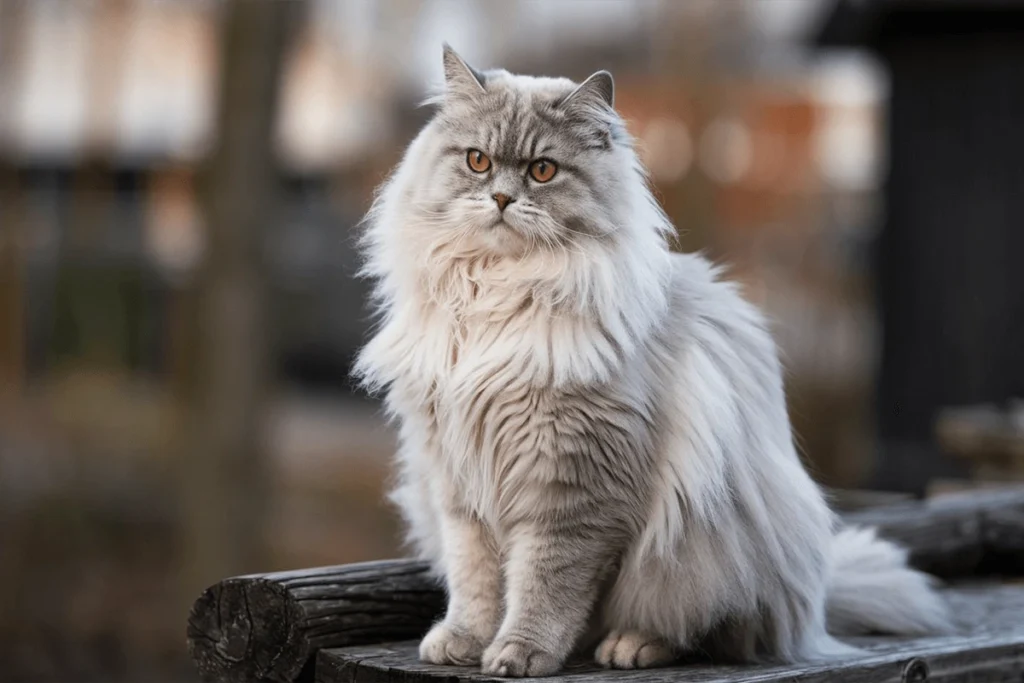
Balinese Cats
Balinese cats, sometimes referred to as the “long-haired Siamese,” are another top choice for people with cat allergies. They are known for their sleek, silky fur and stunning blue eyes, but their hypoallergenic qualities set them apart. Balinese cats produce less Fel d 1 protein than most other breeds, reducing the likelihood of triggering allergic reactions. These cats are highly social, affectionate, and vocal, often seeking attention and interaction with their families. They also tend to have minimal shedding, which further helps to reduce allergens in the home. Regular grooming, such as brushing and occasional baths, can enhance their hypoallergenic benefits while maintaining their beautiful coat.
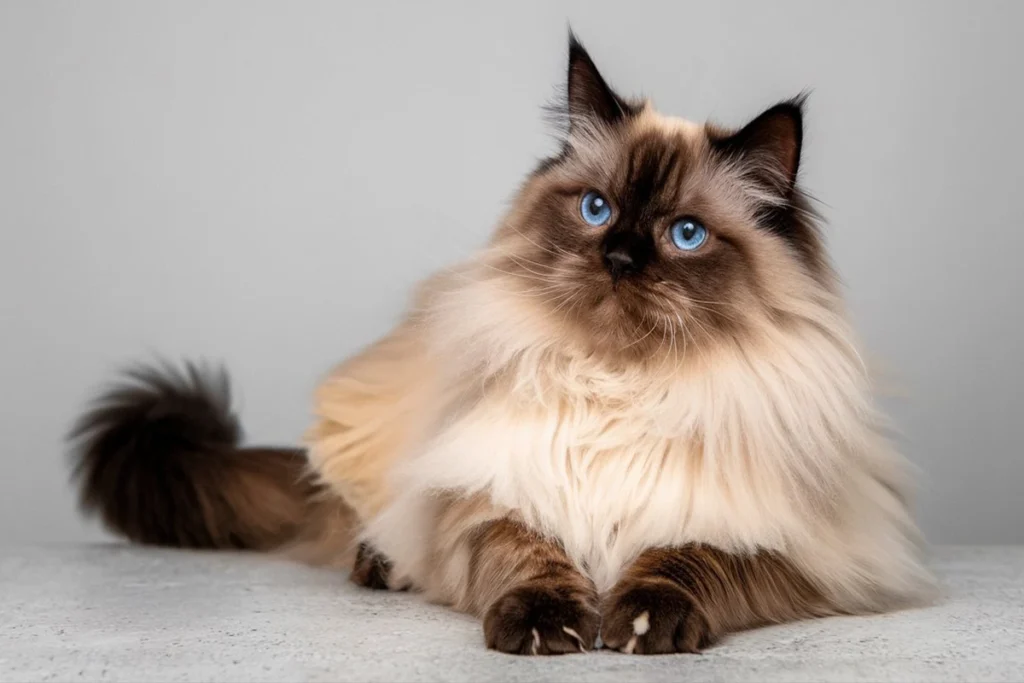
Bengal Cats
Bengal cats stand out for their exotic appearance and hypoallergenic properties. Their short, sleek coat requires minimal grooming and sheds less frequently, which limits the spread of allergens. Bengals are also known to produce lower levels of Fel d 1 protein, making them more tolerable for people with allergies. In addition to their hypoallergenic traits, Bengals are incredibly active, intelligent, and curious. They enjoy climbing, exploring, and interactive play, making them an ideal companion for families who can match their energy. Bengals thrive in environments that provide plenty of mental and physical stimulation, so investing in climbing trees or engaging toys can keep them happy and healthy.
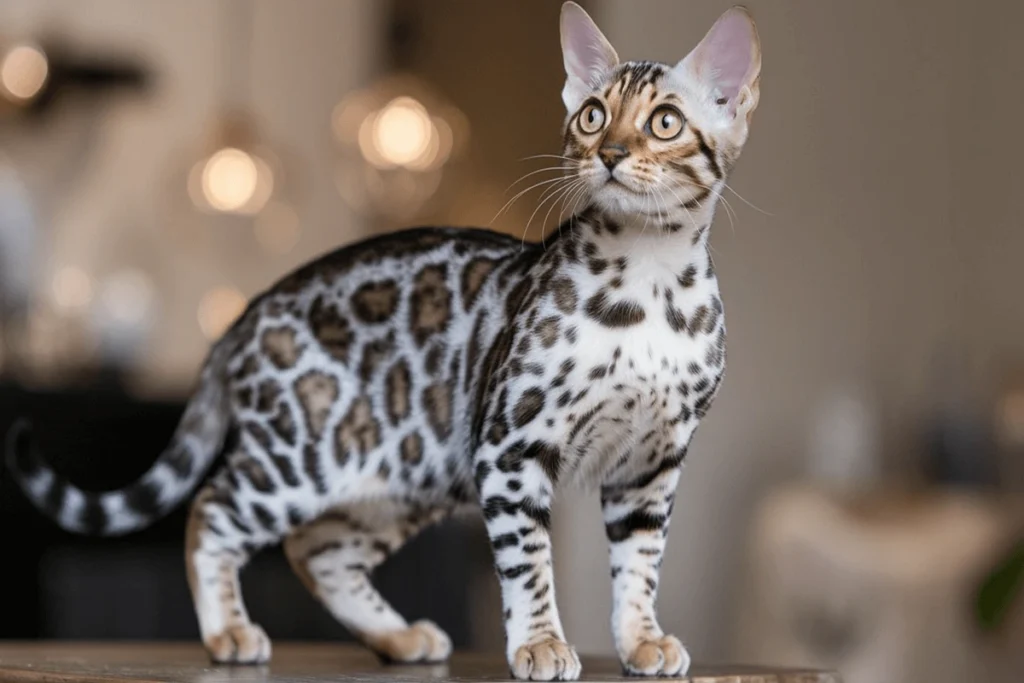
Other Breeds to Consider
While Siberians, Balinese, and Bengals are among the most well-known hypoallergenic breeds, several others also deserve attention:
- Oriental Shorthair
This breed has a fine, short coat that sheds minimally, making it easier to manage allergens. Oriental Shorthairs are friendly, energetic, and highly adaptable to different living environments, making them great companions.
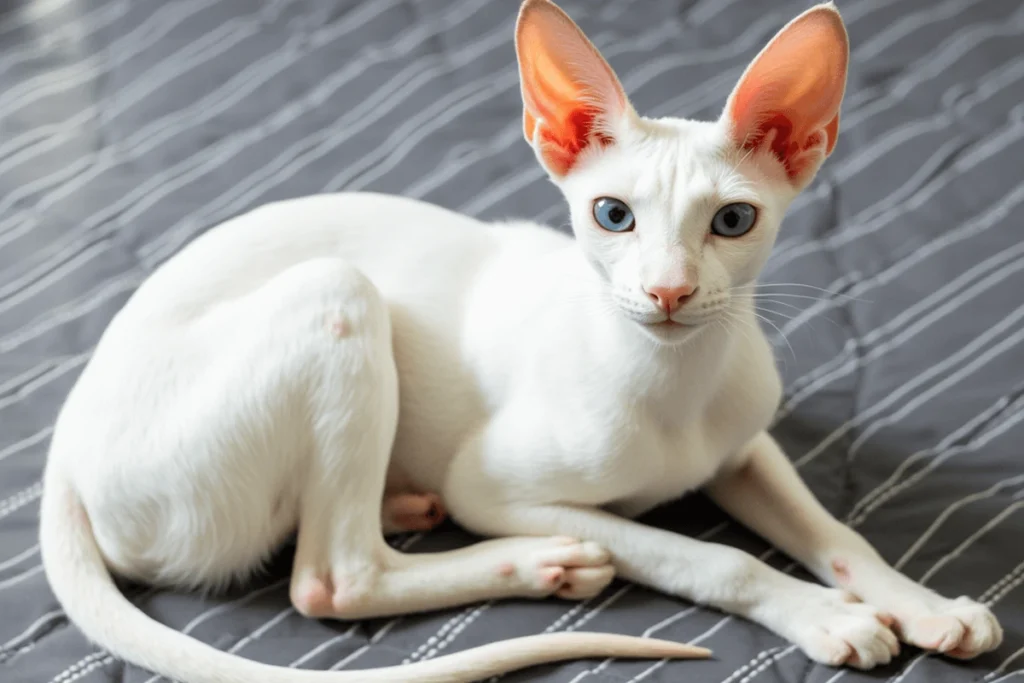
- Devon Rex
Devon Rex cats have a unique, curly coat that requires little maintenance and sheds very little. Their low levels of Fel d 1 protein add to their hypoallergenic appeal. These cats are playful, affectionate, and love spending time with their owners.
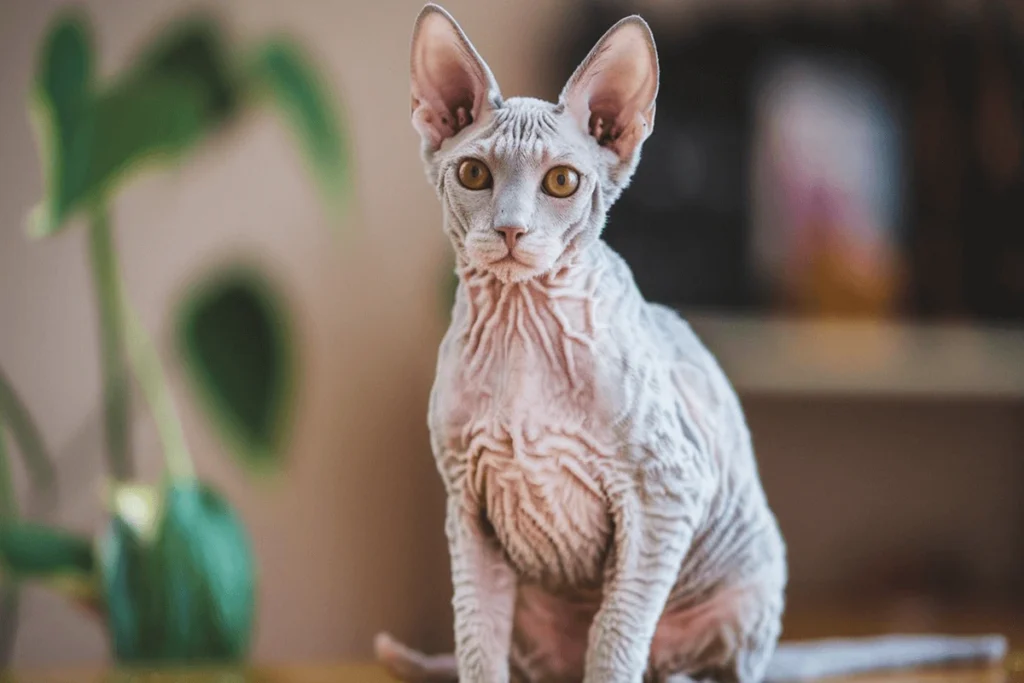
- Cornish Rex
Similar to the Devon Rex, Cornish Rex cats have a short, wavy coat that doesn’t shed much. Their energetic and outgoing personalities make them a great fit for active households, and their hypoallergenic nature makes them ideal for allergy sufferers.
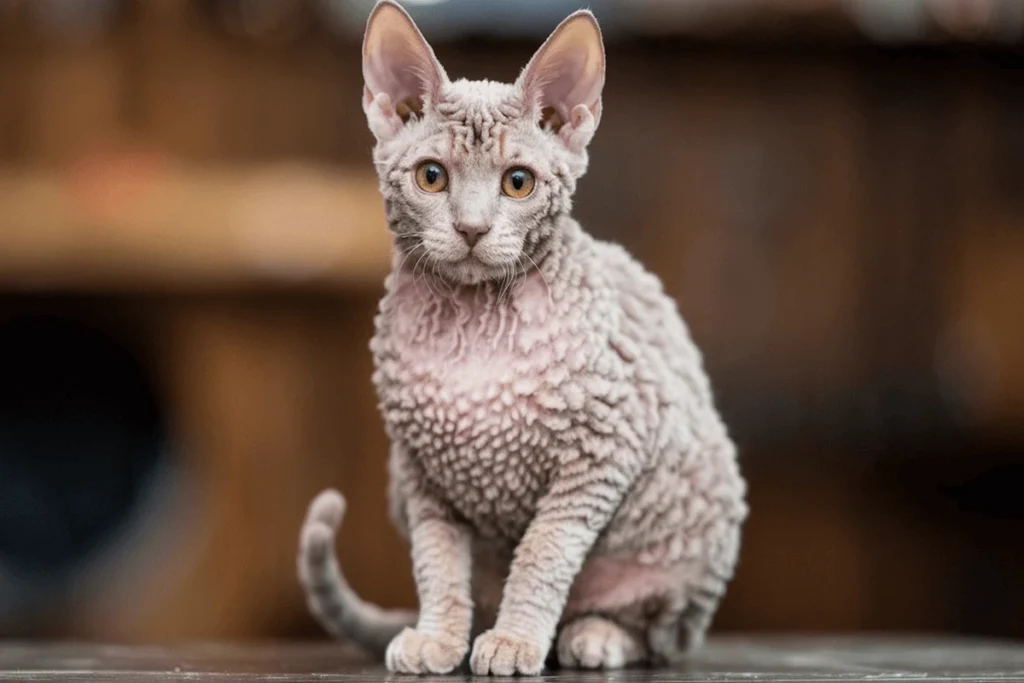
Each of these breeds offers a unique combination of personality traits and physical characteristics, allowing allergy sufferers to find a cat that fits their lifestyle while minimizing allergic reactions. By choosing the right breed and taking proactive steps to reduce allergens, you can enjoy the companionship of a cat without compromising your health.
Managing Allergies While Owning a Cat
Grooming Tips for Allergy Control
Proper grooming is one of the most effective ways to minimize allergens from your cat. Since Fel d 1 protein is primarily found in a cat’s saliva and skin, grooming helps control the amount of dander and loose fur in your home. Here are some practical grooming tips:
- Regular Brushing
Brushing your cat’s coat at least 2–3 times a week helps remove loose hair and dander before it spreads around your home. Use a high-quality grooming brush designed to handle your cat’s specific coat type. For breeds like Siberians or Balinese, a slicker brush works well to detangle their fur while collecting allergens. - Bathing Your Cat
Bathing your cat once a month with a hypoallergenic pet shampoo can significantly reduce allergens on their fur. Avoid over-bathing, as it may dry out their skin, leading to increased dander production. For cats that dislike water, consider using grooming wipes specifically designed to remove allergens. - Cleaning Ears and Eyes
Gently clean your cat’s ears and eyes with a damp, soft cloth to remove any buildup of allergens. This step is especially helpful for breeds prone to eye discharge, such as Devon Rex or Oriental Shorthair cats. - Maintain a Grooming Routine
Establish a consistent grooming schedule to ensure allergens don’t accumulate over time. If your cat is resistant to grooming, start slow and use positive reinforcement like treats and praise to make the experience more enjoyable for both of you.
Allergen-Reducing Products
In addition to grooming, several products can help manage allergens in your home and on your cat. These products are designed to target Fel d 1 protein and reduce its impact on allergy sufferers:
- Allergen-Reducing Sprays
Specialized sprays, such as those made by Allerpet, can be applied directly to your cat’s coat to neutralize allergens. These sprays are easy to use and safe for your pet, making them a quick way to reduce allergen levels. - Hypoallergenic Cat Shampoos
Look for shampoos that specifically target allergens, such as those formulated with natural, soothing ingredients like oatmeal or aloe vera. These products not only reduce allergens but also keep your cat’s coat healthy and shiny. - Air Purifiers with HEPA Filters
Invest in a high-quality air purifier equipped with a HEPA filter to trap airborne allergens, including Fel d 1 protein and dander. Place the purifier in common areas where your cat spends the most time for maximum effectiveness. - Vacuum Cleaners with Pet Allergen Features
A vacuum cleaner designed for pet owners can make a significant difference in reducing allergens. Look for models with HEPA filters and attachments designed to clean upholstery, carpets, and hard-to-reach places where allergens accumulate.
Keeping Your Home Allergy-Friendly
Creating an allergy-friendly home environment is key to enjoying a hypoallergenic cat without constant discomfort. Here are some actionable steps to maintain a clean and low-allergen living space:
- Designate Cat-Free Zones
Restrict your cat’s access to certain areas, such as bedrooms or home offices, to create safe spaces free of allergens. Use baby gates or closed doors to enforce these boundaries. - Frequent Cleaning Routines
Clean your home thoroughly and regularly. Vacuum carpets, rugs, and furniture at least twice a week, and wash curtains and throw pillows periodically. Mop hard floors with a damp mop to pick up dander effectively. - Wash Bedding and Linens
Wash your cat’s bedding, blankets, and any fabric they frequently come into contact with. Use hot water to effectively remove allergens and keep these items fresh. - Use Allergen-Proof Covers
Protect mattresses and pillows with allergen-proof covers to prevent allergens from settling where you sleep. This can significantly reduce nighttime allergy symptoms. - Improve Ventilation
Ensure proper airflow in your home by opening windows when possible or using exhaust fans. Good ventilation helps reduce the concentration of airborne allergens.
By combining grooming, allergen-reducing products, and a clean home environment, you can significantly minimize allergens and enjoy a more comfortable life with your hypoallergenic cat.
Do Hypoallergenic Cats Really Work?
Expectations vs. Reality
Many people hear the term “hypoallergenic cats” and assume these breeds will completely eliminate their allergy symptoms. However, the reality is more nuanced. Hypoallergenic cats are not entirely allergen-free; they simply produce lower levels of Fel d 1 protein, the primary allergen that triggers reactions in humans. While these breeds can significantly reduce symptoms for some allergy sufferers, others may still experience mild reactions depending on their sensitivity.
It’s essential to set realistic expectations when considering a hypoallergenic cat. For example, individuals with severe allergies may still need to take additional measures, such as maintaining a rigorous cleaning routine, using allergen-reducing products, or taking allergy medications. Spending time with a specific breed before adoption can help you assess how your body reacts and give you a clearer understanding of what to expect. This way, you can make an informed decision and ensure you’re prepared for the responsibilities of managing allergens while enjoying the companionship of your new pet.
Personal Experiences of Hypoallergenic Cats Owners
The experiences of cat owners with allergies provide valuable insight into living with hypoallergenic breeds. Many people report a noticeable reduction in symptoms when they adopt hypoallergenic cats like Siberians, Balinese, or Bengals. For instance, some owners have shared stories of transitioning from constant sneezing and congestion to enjoying life with a cat with minimal discomfort.
However, individual results vary widely. Factors such as the severity of allergies, the cat’s specific Fel d 1 protein levels, and environmental conditions all play a role. Some allergy sufferers have found success by combining the adoption of a hypoallergenic breed with proactive strategies like grooming their cat regularly, using air purifiers, and maintaining a clean home. Others recommend spending time with a potential cat before making a commitment, as this trial period can reveal whether the breed is a good match for their allergy tolerance.
These personal accounts highlight the importance of finding the right balance between choosing the right breed and taking proactive steps to manage allergens effectively.
Factors That Affect Allergen Levels
Several factors influence the amount of allergens a cat produces, even within hypoallergenic breeds. Understanding these variables can help allergy sufferers make more informed choices:
- Sex of the Cat
Male cats generally produce more Fel d 1 protein than females. However, neutering male cats can significantly reduce their allergen production, making them a better option for allergy sufferers. - Age of the Cat
Kittens tend to produce lower levels of allergens compared to adult cats. However, as they mature, their Fel d 1 protein production increases, so it’s important to prepare for changes as your kitten grows. - Grooming Habits
Cats that groom themselves frequently spread more allergens through their saliva. Regular brushing by the owner can help minimize the spread of allergens while also reducing shedding. - Health and Diet
A healthy cat with a balanced diet often has healthier skin and coat, which can result in less dander production. Ensuring your cat receives proper nutrition and regular veterinary care can indirectly help manage allergens. - Environmental Factors
The environment in which your cat lives can also impact allergen levels. For example, a well-ventilated home with minimal carpeting and frequent cleaning can significantly reduce the presence of allergens. Investing in air purifiers and allergen-resistant furniture can further improve air quality and minimize allergen buildup.
By understanding these factors, you can make more informed decisions about choosing and caring for a hypoallergenic cat. Combining breed selection with proactive allergen management strategies allows you to enjoy a fulfilling life with your feline friend while keeping allergy symptoms under control.
Benefits of Owning Hypoallergenic Cats
Improved Quality of Life for Allergy Sufferers
For allergy sufferers, owning a cat may seem impossible due to sneezing, itchy eyes, and congestion. However, hypoallergenic cats can help reduce these struggles. These breeds lower exposure to Fel d 1 protein, allowing cat companionship without discomfort.
Adopting a hypoallergenic breed with good grooming and allergen control can reduce allergy flare-ups and improve sleep. Many allergy sufferers feel less stressed and happier with a cat at home. Owning a cat can also reduce anxiety and boost happiness, enhancing life quality.
Expanding Pet Ownership for More People
The availability of hypoallergenic cat breeds has opened doors for many individuals who previously believed they couldn’t own pets due to allergies. People who once avoided cats altogether are now finding ways to welcome these animals into their lives. Hypoallergenic breeds like Siberians, Bengals, and Devon Rex cats allow a broader range of people to experience the joy of pet ownership.
This inclusivity benefits not only allergy sufferers but also animal shelters and breeders. With more options available, adoption rates for hypoallergenic cats are increasing, providing loving homes to more pets. The possibility of owning a low-allergen cat enables families, couples, and individuals who had given up on pet ownership to embrace the companionship and love that cats bring. This shift enriches the lives of both humans and animals, demonstrating the transformative power of hypoallergenic pets.
Strengthening the Bond with Your Pet
Caring for a hypoallergenic cat requires regular grooming, cleaning, and using allergen-reducing products. These tasks may seem challenging at first but can strengthen the bond between owners and pets. Grooming allows owners to bond with their cat while keeping their coat clean and healthy.
Creating an allergy-friendly home promotes responsibility and pride in pet ownership. Owners feel more connected when they invest time and effort into their cat’s well-being. Cats show gratitude and affection when their needs are met, deepening this connection.
The bond between allergy sufferers and hypoallergenic cats reflects resilience and care. Managing allergens is worth the companionship, playful moments, and cuddles. These cats enhance lives and create lifelong connections.
Conclusion
Hypoallergenic cats offer a wonderful opportunity for allergy sufferers to experience the joy of feline companionship without constant discomfort. These breeds produce fewer allergens, especially lower levels of the Fel d 1 protein, which often triggers allergic reactions. While they won’t eliminate allergens entirely, they significantly reduce exposure, making life with cats more manageable.
Managing allergies goes beyond choosing the right breed. Regular grooming, frequent cleaning, and using tools like air purifiers and allergen-resistant bedding are essential. Grooming minimizes shedding, while maintaining a clean home reduces the overall allergen load, creating a healthier environment for everyone.
Before adopting, spend time with hypoallergenic breeds to gauge your allergy tolerance and find a cat that fits your lifestyle. Every cat is unique, even within hypoallergenic breeds, so it’s crucial to ensure compatibility.
Owning a hypoallergenic cat can transform life for allergy sufferers, providing love, companionship, and emotional support without constant sneezing or discomfort. By understanding the realities of hypoallergenic cats and debunking common myths, you can set realistic expectations and prepare for a successful experience.
Take the first step by exploring shelters, breeders, or rescue organizations to find the right match. Don’t let allergies hold you back from enjoying the unconditional love and happiness a cat can bring. With the right breed and proper preparation, hypoallergenic cats make it possible to live harmoniously with your allergies while experiencing the joy of pet ownership.
Learn More About Cats Here!
You Can find good stuff for your Cat on Pet MD Official
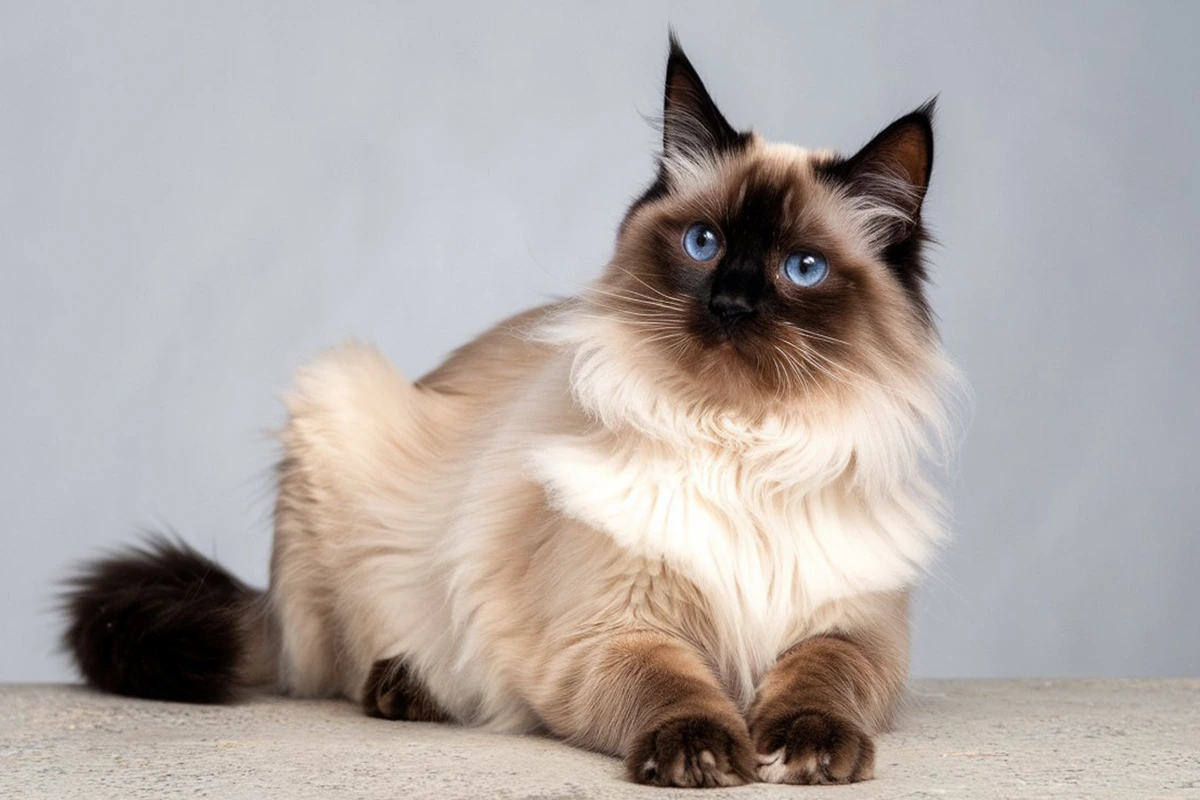
1 thought on “Can Hypoallergenic Cats End Your Sneezing? See the Best Breeds”
Comments are closed.